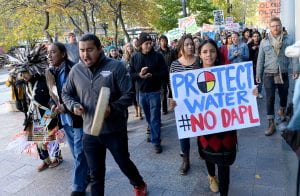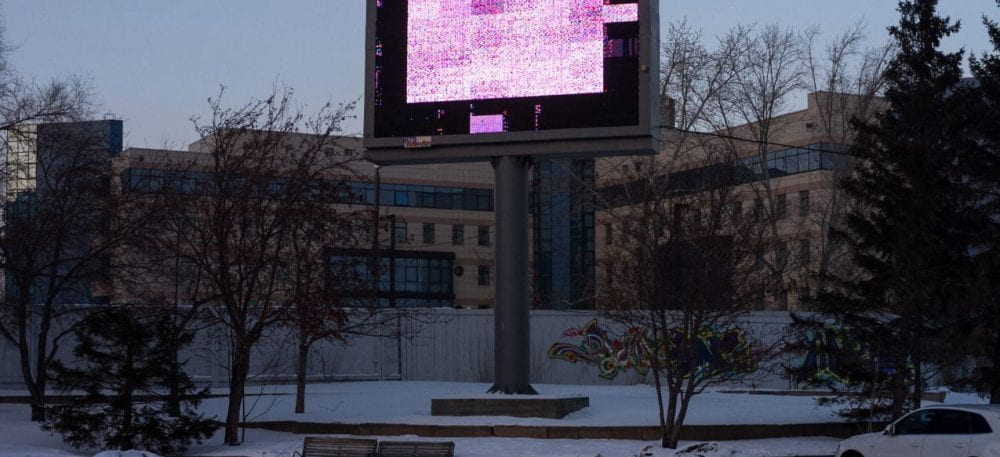Hey! Sorry for the lack of any updates here, staying in all day has had a toll on my mental health but that’s no excuse to shirk work!
Before taking this class I never would have found myself describing nature as being “oppressed”. I certainly thought that were were abusing and having devastating affects on the environment around us, but the word oppressed never really came to mind. It does, however, make sense when you look at the effect humanity has had on the planet we call home. It is even more evident when keeping in mind disenfranchised groups of people, such as indigenous people and the connection that they have with their land.
If I remember correctly, we’ve highlighted the Chipko movement in a previous class. When many people hear the word “treehugger”, a common mental image associated would be hippies clasping trees in order to save their local forest from the big bad corporations. This is exactly the same as the Chipko movement took place in India during the 70’s and involved villagers literally embracing trees in order to protect them from being cut down and used for wood. This was an organized resistance to protect local forests from being torn down, and it was actually very successful. Although a very simple concept, literally putting oneself between nature and any harm that threatens it became an iconic form of activism when it comes to protecting the environment. And this idea of putting yourself in the line of fire can be seen in many forms of environmental activism.
The Standing Rock video was the most difficult to watch, but I feel that it is the strongest example of activism as well as the connection to indigenous women and the land they are raised on. Police violence has always been something difficult to watch and a fact that many choose to ignore or turn a blind eye too, but it is very important that we open our eyes to the cold hard truth. Just looking at the line of white policeman standing as a literal barrier between these indigenous woman and their burial grounds is something so indescribably heartbreaking. Americans would like to push images like this into the dark but its so important to bring these issues into the light as it is something so horrendous to witness. America has never fully atoned for their horrific crimes during colonization and to prevent these women from protecting the land that their ancestors had called home is disgusting and heartbreaking.
It’s something that a lot of white people cannot really come to terms with, being dislocated from your own land. It’s something unfathomable in this day and age in all honesty. But for various native American tribes their land is being utilized for economic reasons such as mining, oil, or lumber. Taking this land is not only physically detaching them from their homes, but erasing generations upon generations of history and traditions. The 2015 Gendered Impact series touches upon these topics and gives more insight into some of the other ideas explored in these articles and readings. Another heartbreaking fact is the number of indigenous people that were murdered and other examples of violence against these people. It’s a tough pill to swallow, but these people are suffering and dying trying to protect their land. This subjugation of these people has not stopped and greedy greedy people will continue to steal the homes of these people in order to fill their wallets. And it’s not just their homes their taking; their ripping away all of the history and traditions of people who have done nothing to deserve it. It’s a sad reality to come to terms with.

Protesters march in Salt Lake City in support of the Standing Rock Sioux against the Dakota Access Pipeline. The diverse group of over 100 held a rally at the Gallivan Center, then marched half a block to the Wells Fargo Center building. Wells Fargo is one of several major banks financing the pipeline. (Al Hartmann/The Salt Lake Tribune via AP)
